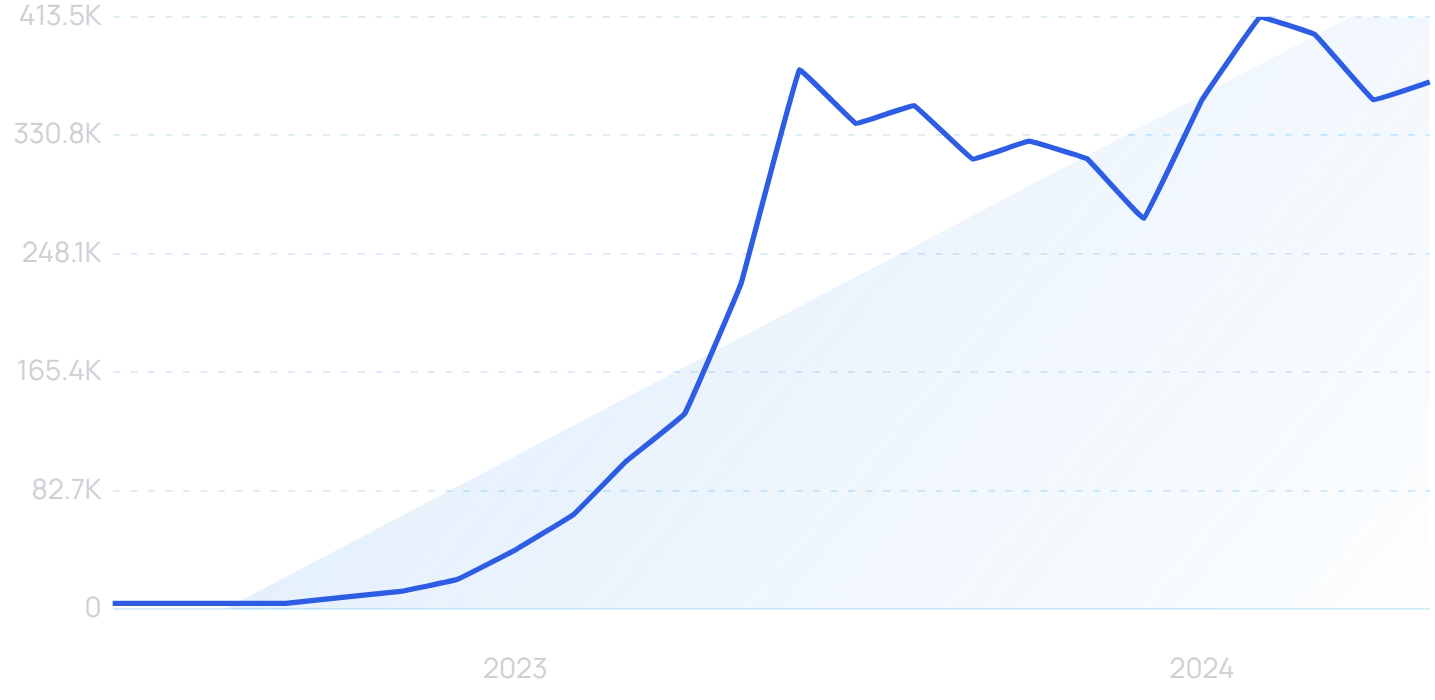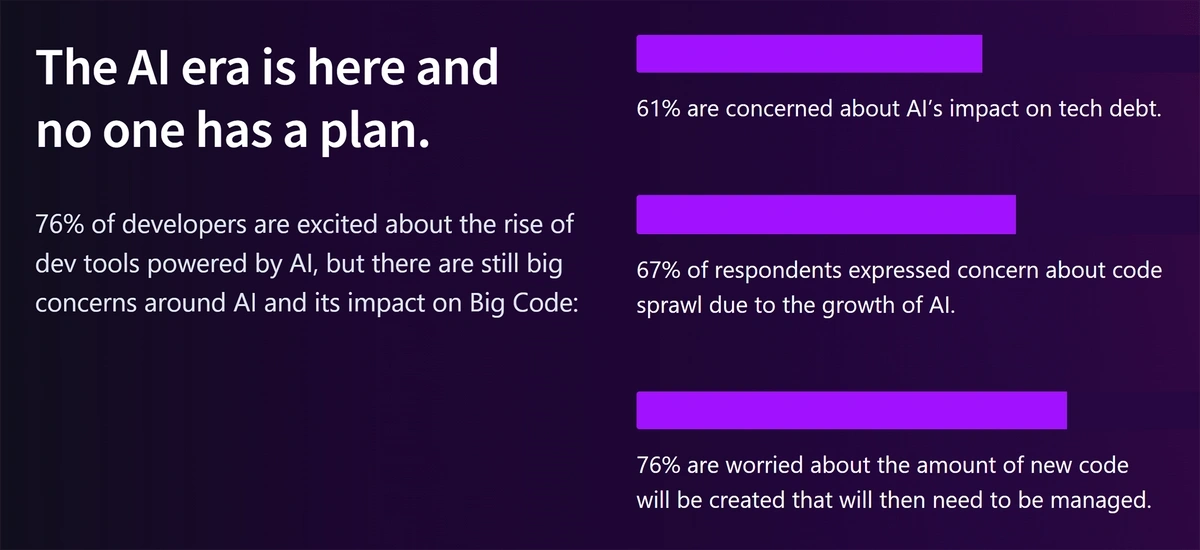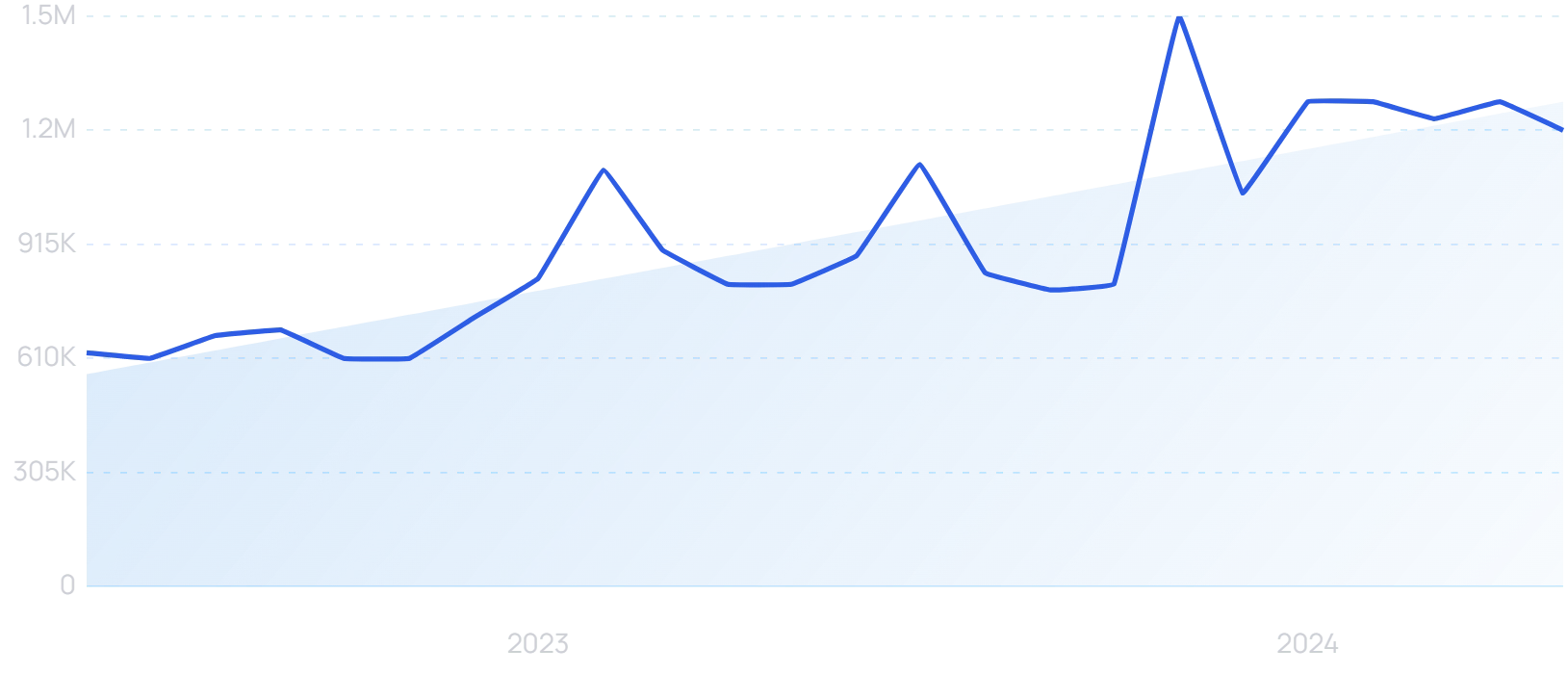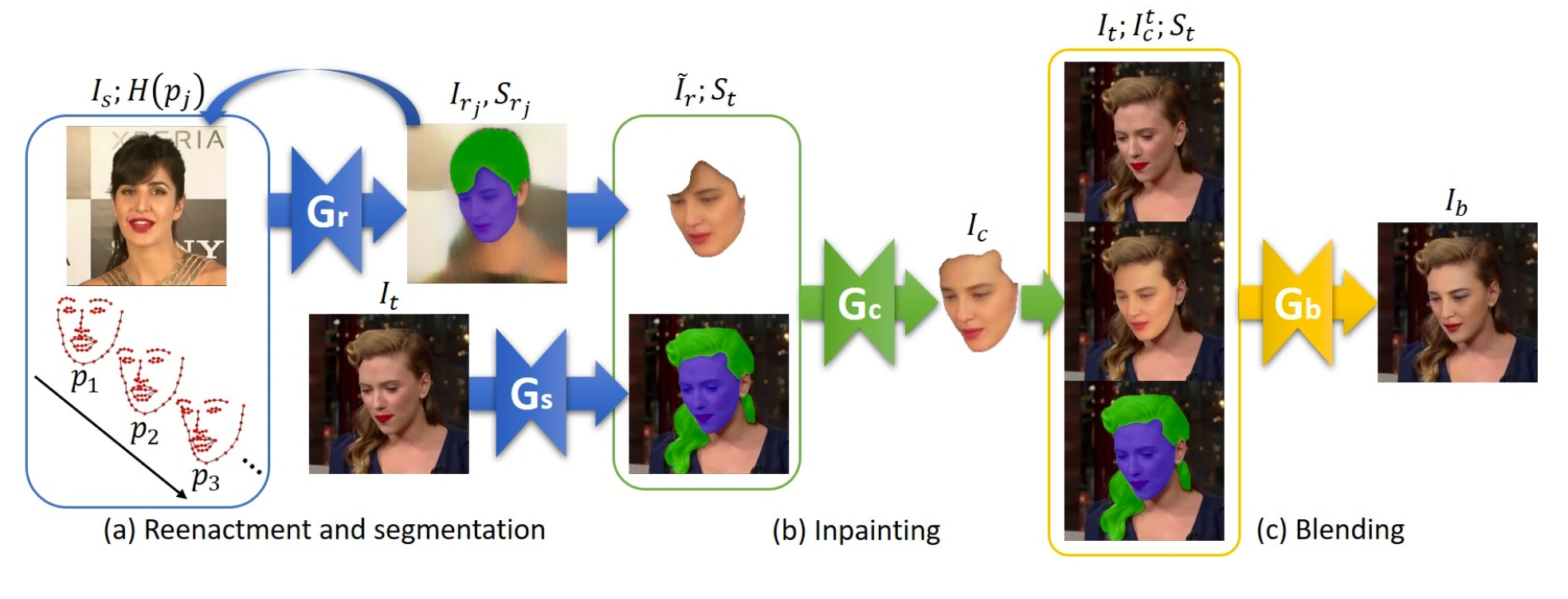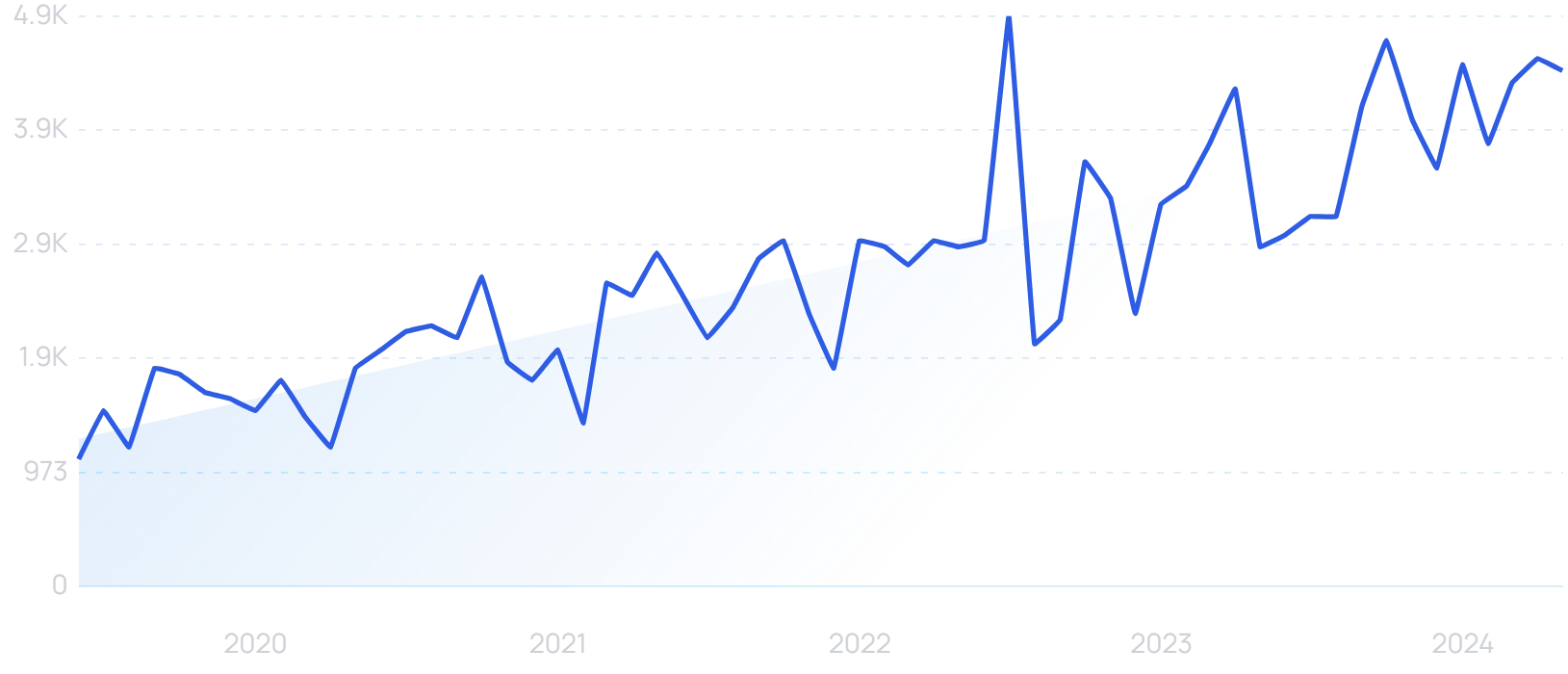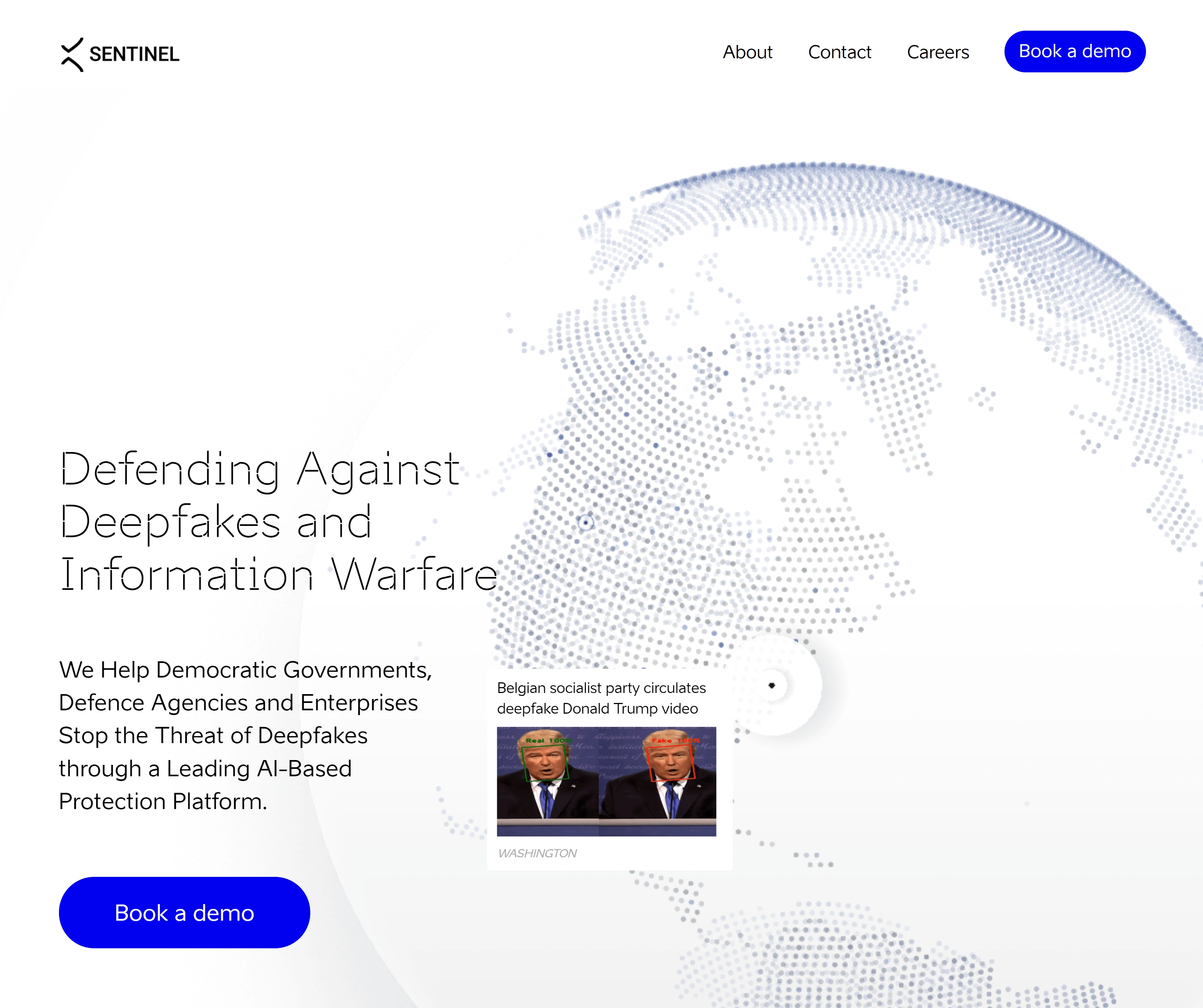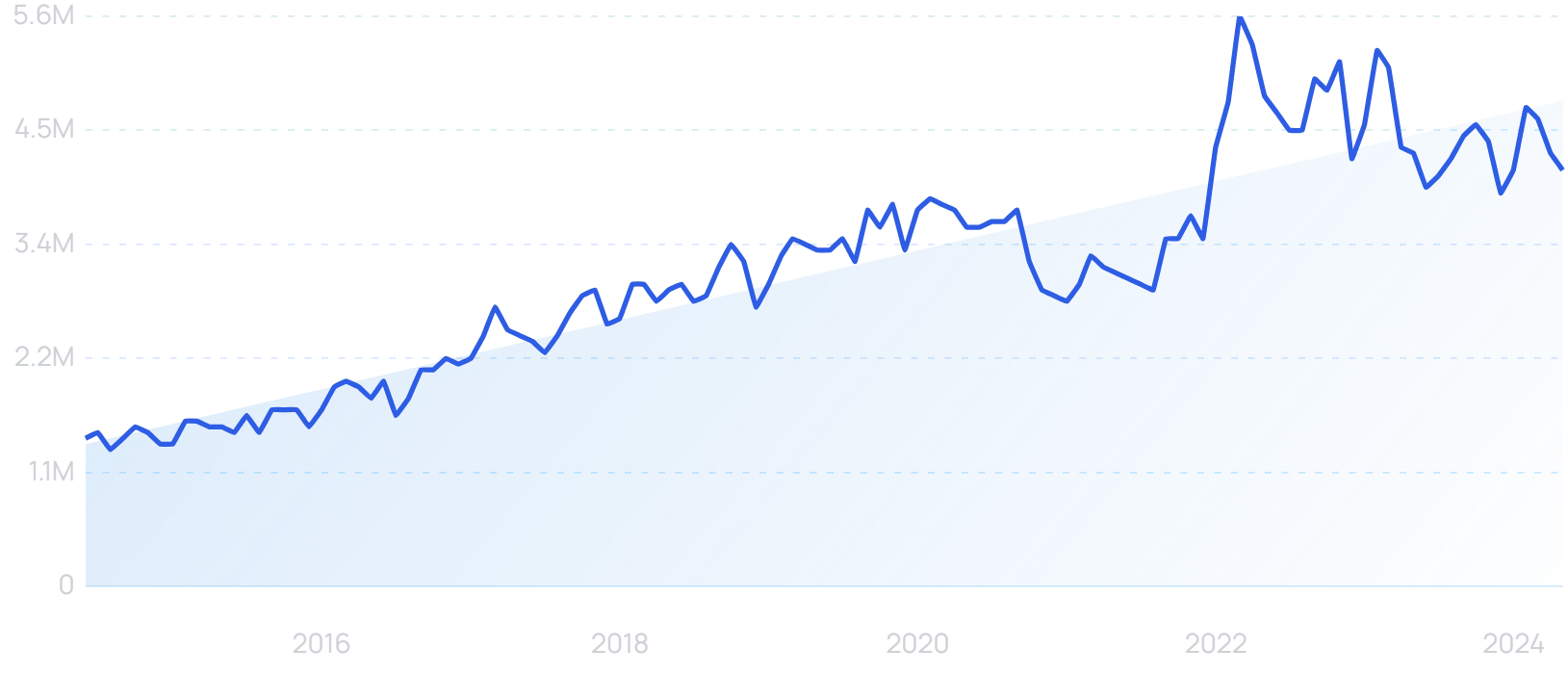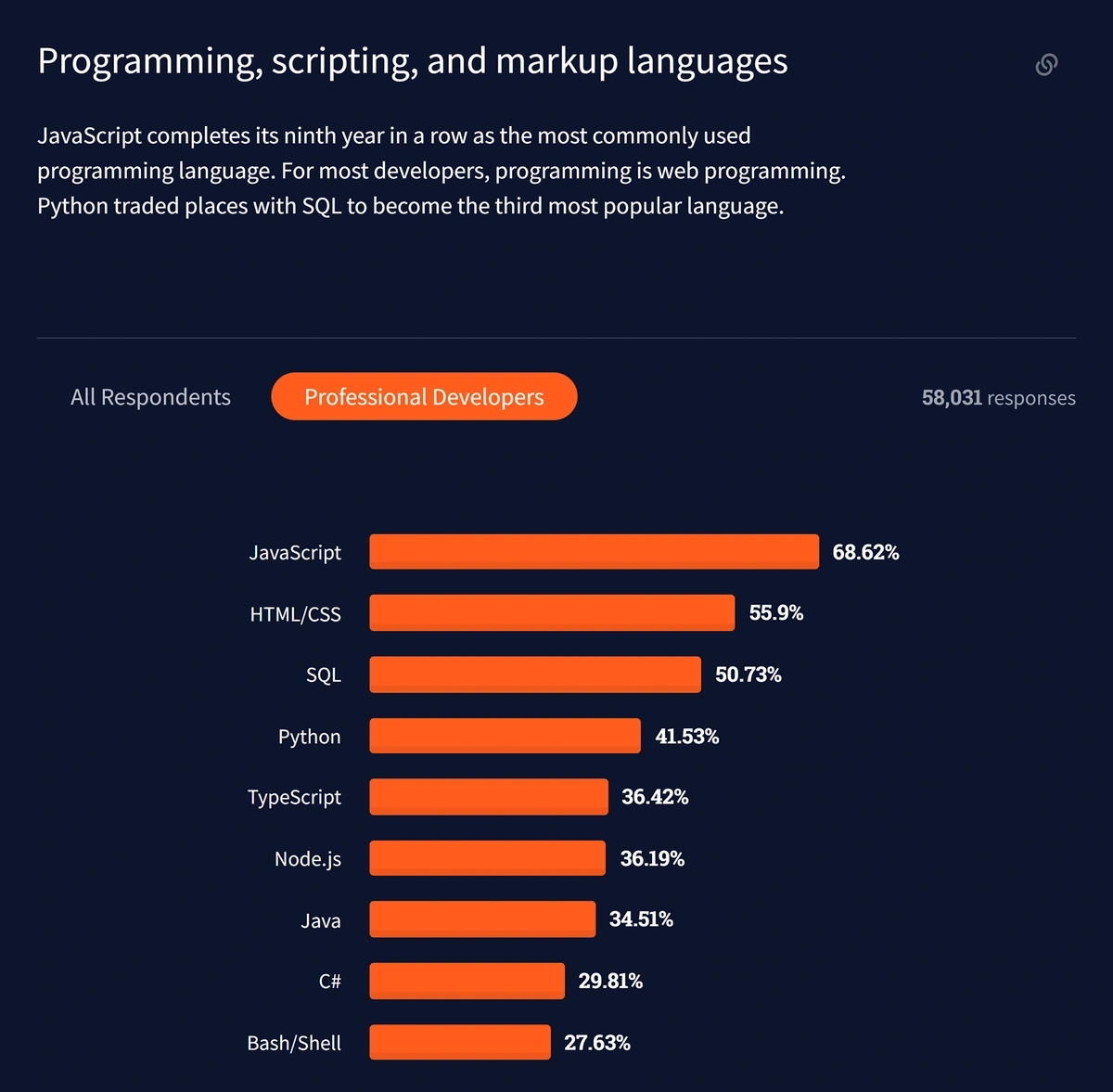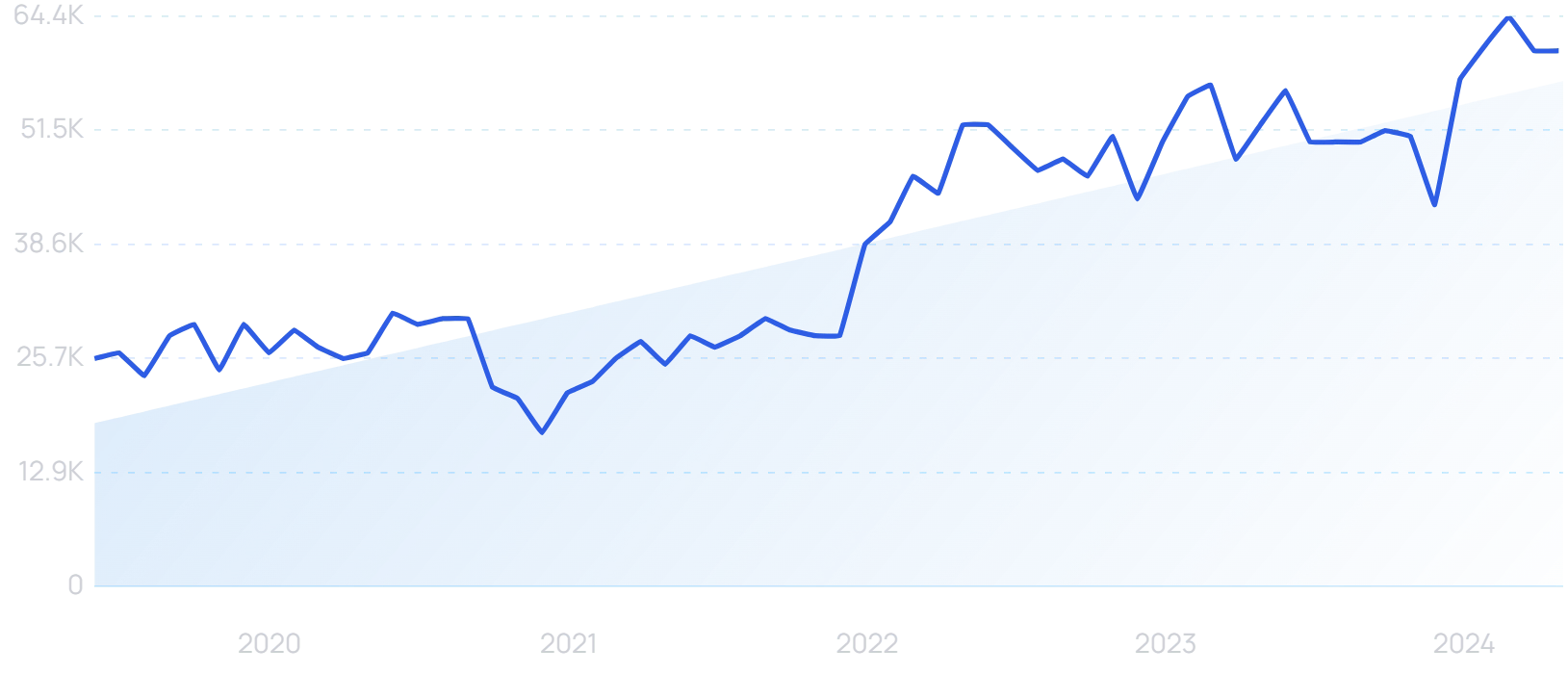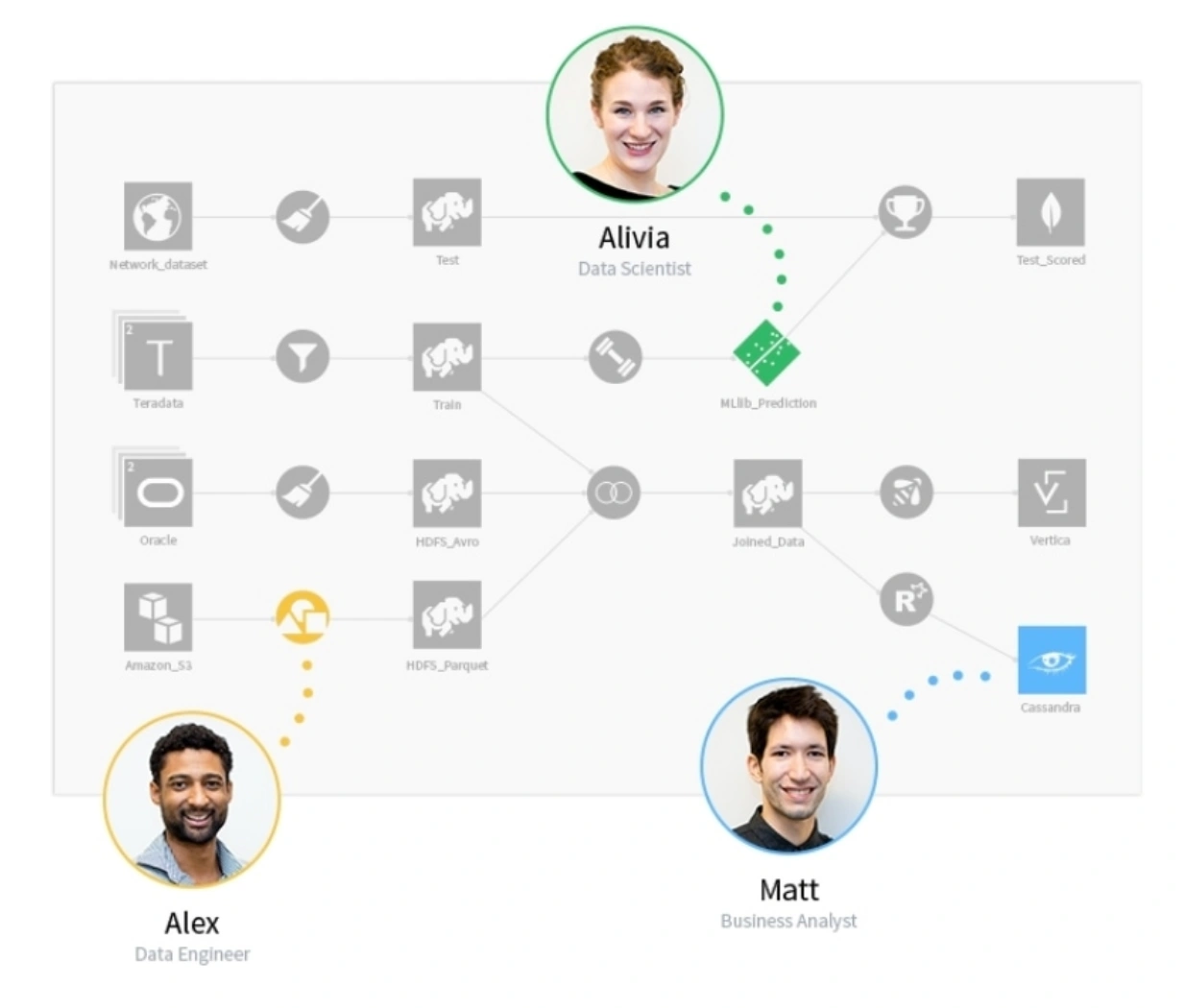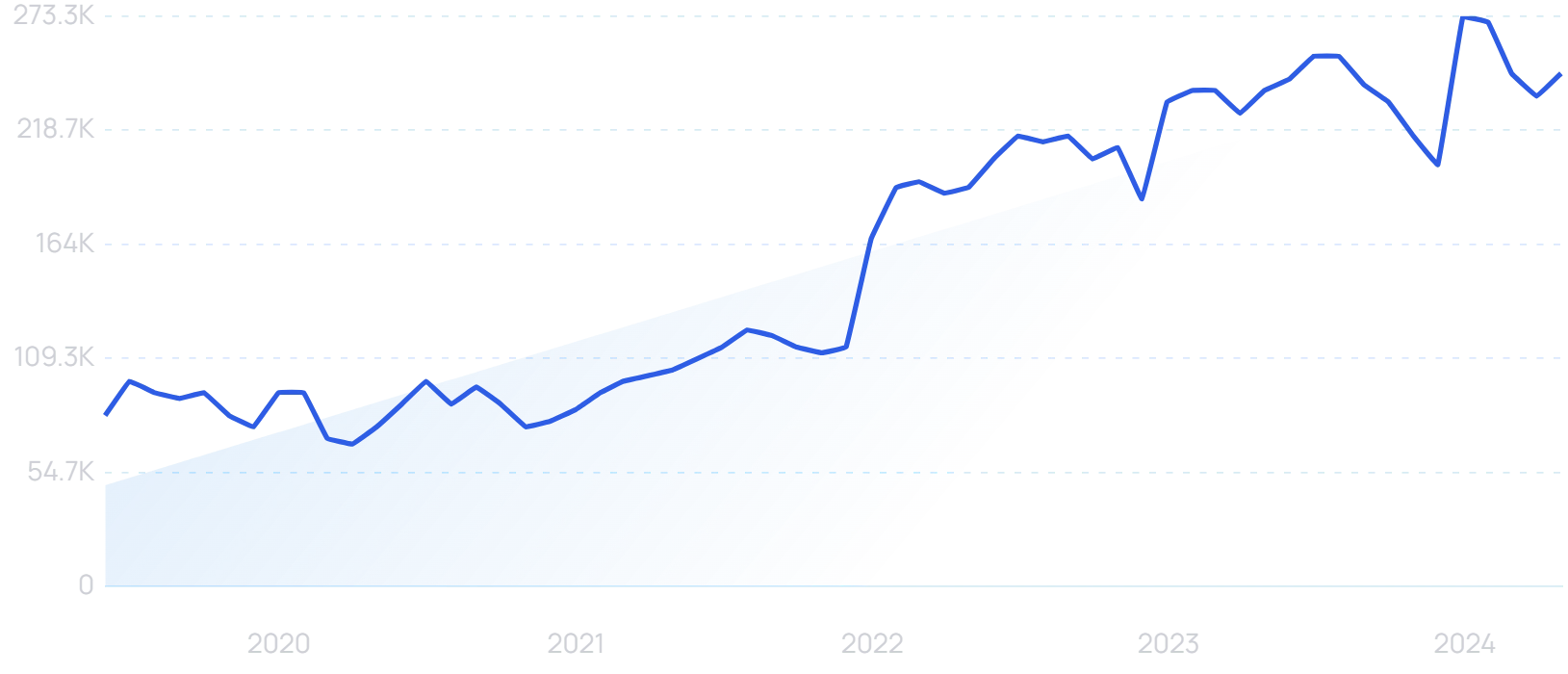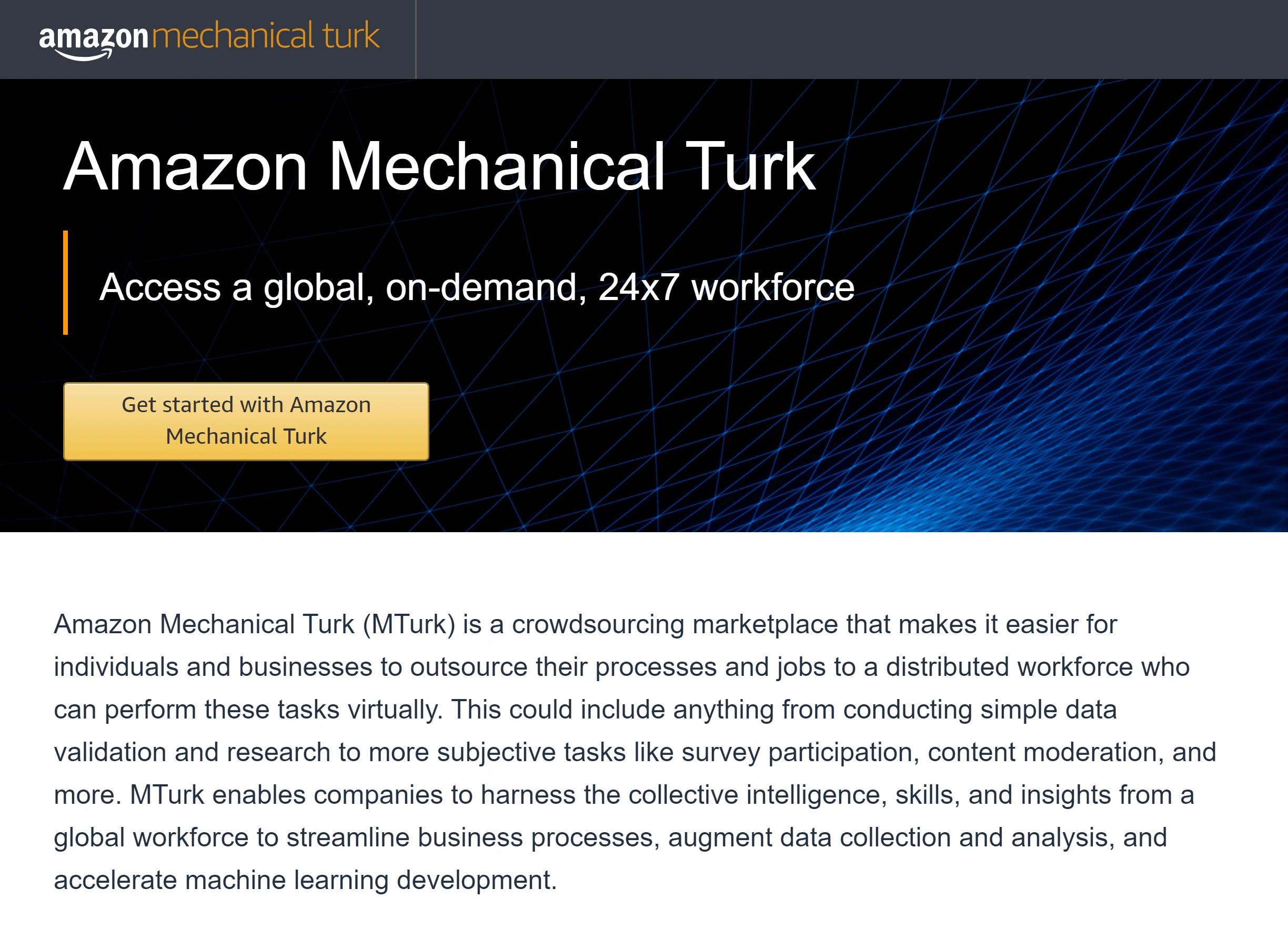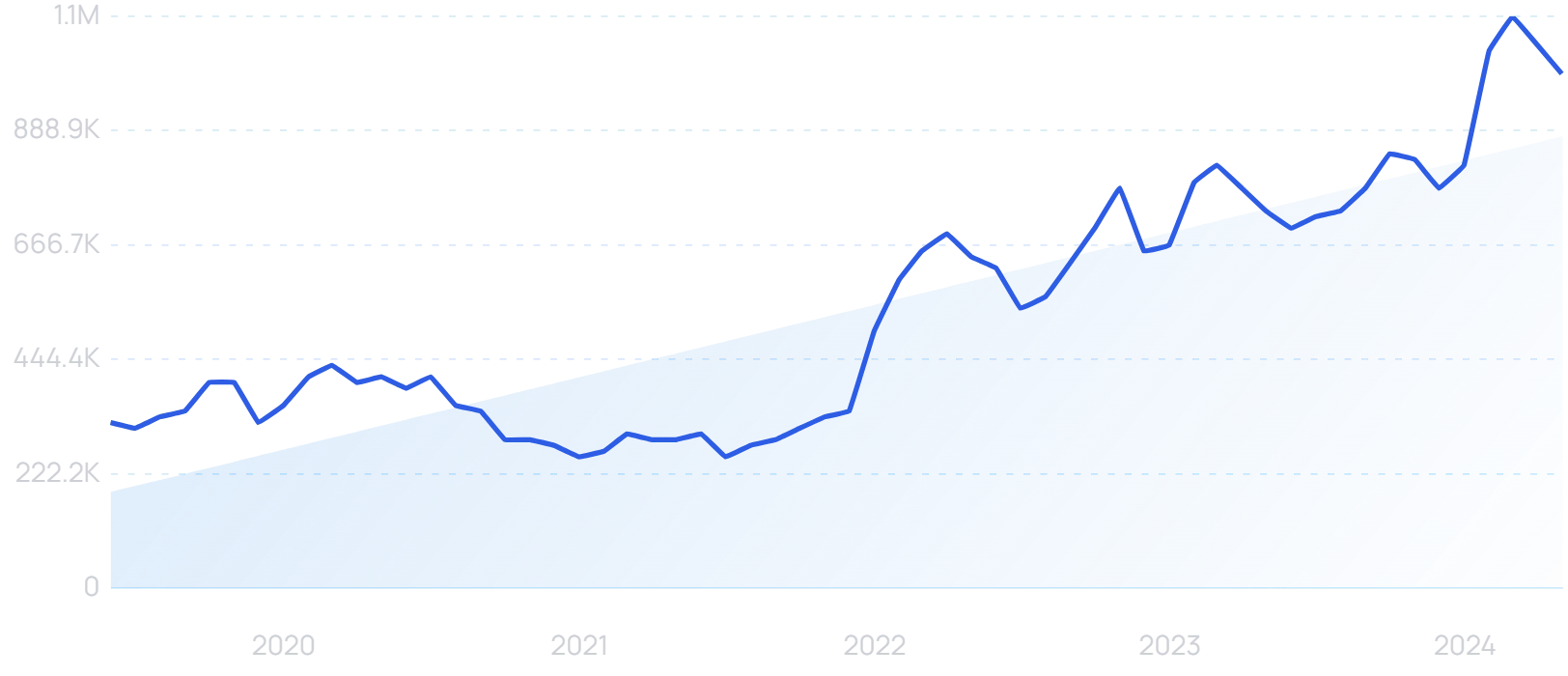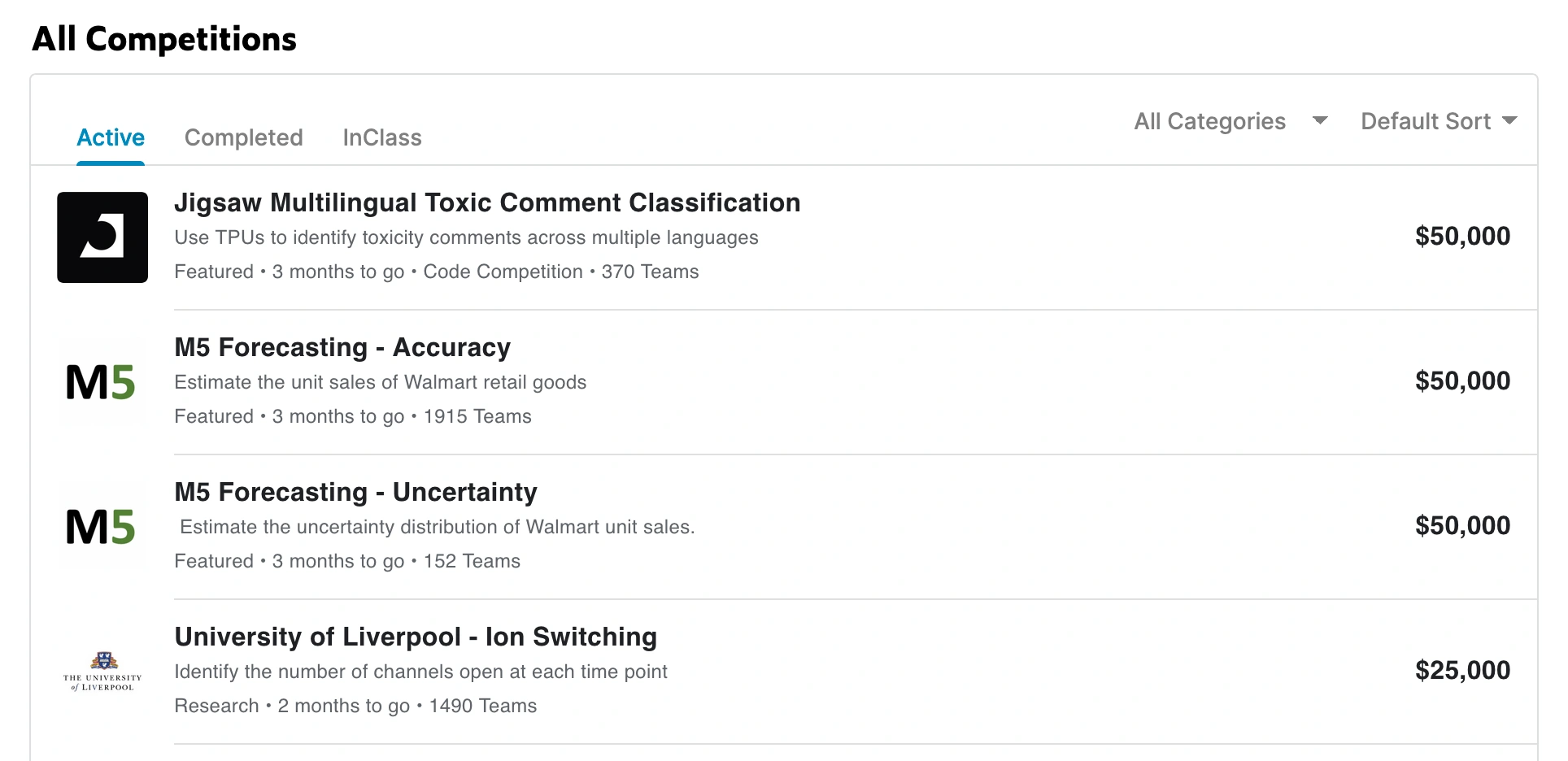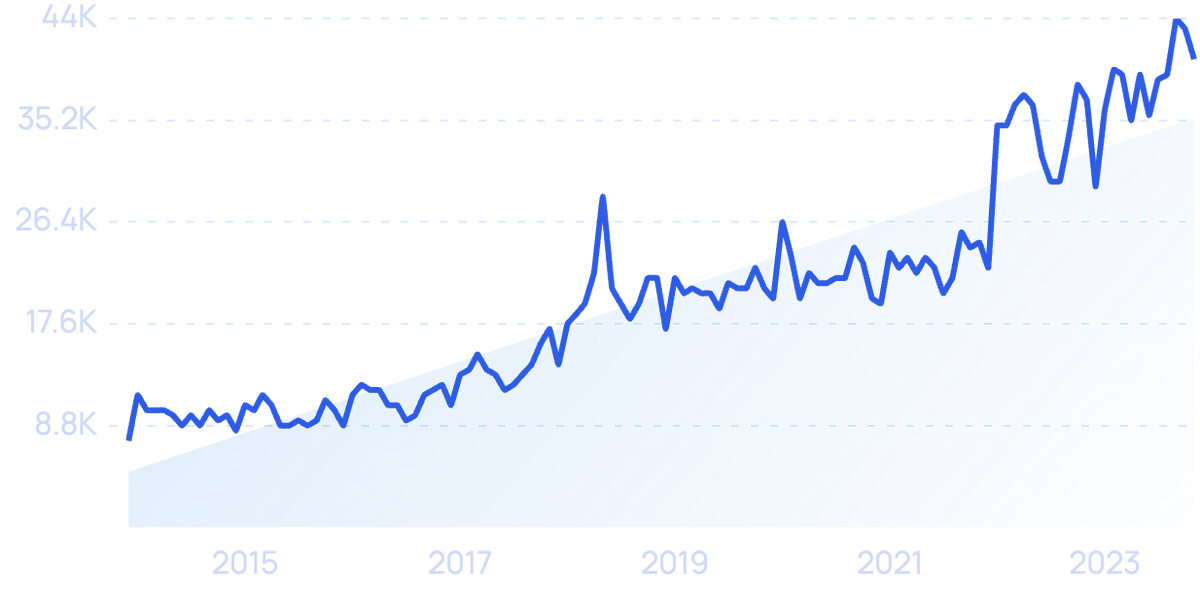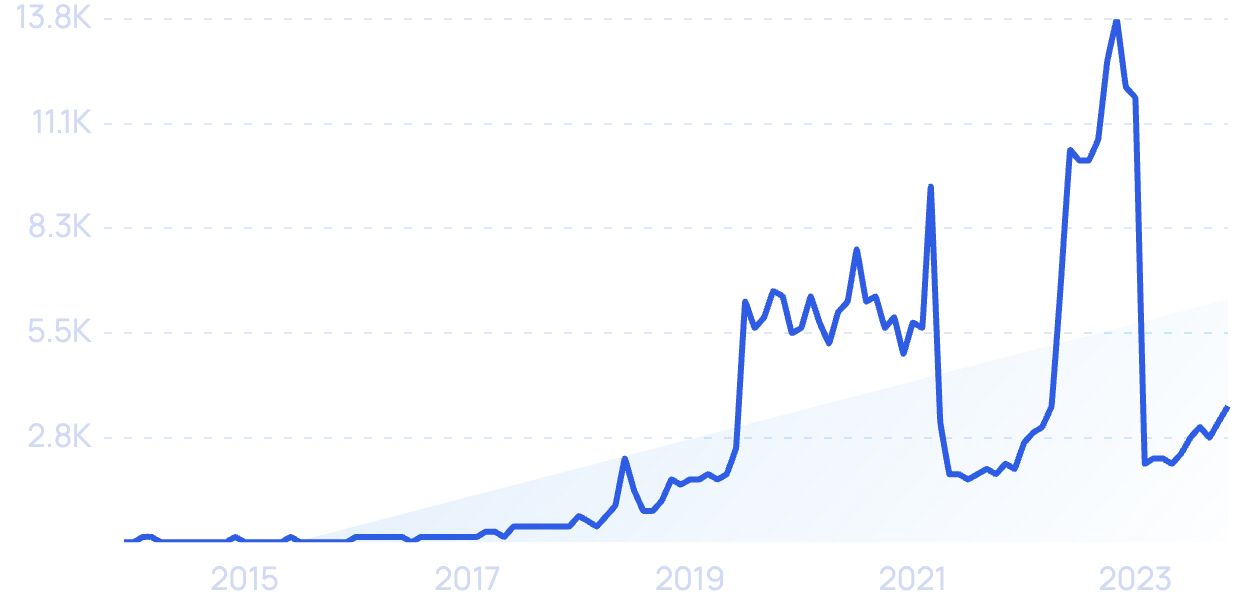
8 Key Data Science Trends For 2024 & 2025
You may also like:
Here are the 8 fastest-growing data science trends for 2024 and beyond.
We'll also outline how these trends will impact both data scientists’ work and everyday life.
Whether you’re actively involved in the data science community, or just concerned about your data privacy, these are the top trends to know.
1. Generative AI use continues to grow
Google searches for "generative AI" have increased by over 90x over the past two years.
Generative AI is impacting nearly every industry, from advertising to computer science.
Notably, it looks like generative AI usage is poised for even more growth in 2024 and 2025.
Google found that 64% of developers feel a "sense of urgency" to use generative AI.
And another survey of business leaders found that 85% of them plan to use AI to replace low-level tasks by the end of 2024.
However, there's skepticism within the data science field whether generative AI is living up to the hype.
One survey by MIT found that 52% of tech CEOs were interested in using generative AI in their organizations.
However, only 13% had an actual plan for doing so.
And others in tech are concerned that over-reliance on AI could cause issues in the future.
In fact, Sourcegraph discovered that 76% of developers are excited by the potential that AI brings to the table.
However, there were also significant concerns about AI leading to increased tech debt, sprawl, and code to manage.
AI has potential to enhance the data science field. But also comes with a number of concerns.
2. Explosion in deepfake video and audio
“Deep fake” searches have increased by 95% in two years. Interest often spikes when public figures are deep faked and the media gets hold of it.
Deepfakes use artificial intelligence to manipulate or create content to represent someone else.
Often this is an image or video of one person modified to someone else’s likeness.
But it can be audio too.
An AI company deepfaked popular podcaster Joe Rogan’s voice so effectively it instantly went viral on social media.
And, thanks to advancements in generative AI, the tech has only improved since.
Open source software makes deepfake technology relatively accessible.
There’s huge scope for this technology to be used maliciously.
Another voice deep fake was used to scam a UK-based energy company out of €220,000.
Deepfake tech is already being used to facilitate scams.
The CEO believed he was on the phone with a colleague and was told to urgently transfer the money to the bank account of a Hungarian supplier.
In fact, the call had been spoofed with deep fake technology to mimic the man’s voice and “melody”.
In fact, there's growing search interest in a practice known as "voice phishing". Which is essentially the "official" term for the practice.
Searches for "voice phishing" are up 3x over the last 5 years.
With the advancement in technology, it's little wonder that the number of scams is increasing year-over-year.
As well as hoaxes and financial fraud, deepfakes can also be weaponized to discredit business figures and politicians.
Governments are starting to protect against this with legislation and social media regulation.
And with technology that can identify deepfake videos.
There's a growing niche of tech startups focused on identifying deepfake video content.
But the battle with deepfakes has only just begun.
3. More applications created with Python
“Python” searches have grown by 74% in the last 10 years. Python is on track to become the most popular programming language by 2025.
Python is the go-to programming language for data analysis.
Why is this?
Because Python has a huge number of free data science libraries such as Pandas and machine learning libraries like Scikit-learn.
It can even be used to develop blockchain applications.
Add to this a friendly learning curve for beginners, and you have a recipe for success.
Python is one of the most popular coding languages.
According to Stack Overflow, Python is now the 4th most popular language in general.
(Only behind mainstays like JavaScript, HTML and SQL).
And the popularity growth trend shows it’s has the potential to be #2 or even #1 within the next few years.
4. Increased demand for End-to-end AI solutions
“Dataiku” searches are up by 135% in 5 years, growing before and after Google acquired them.
Enterprise AI company Dataiku is now worth $4.6 billion (according to TechCrunch) after Google bought a stake in the company.
The AI startup helps enterprise customers clean their large data sets and build machine learning models.
This way, companies like General Electric and Unilever can gain valuable, deep-learning insights from their massive amounts of data.
And automate important data management tasks.
Previously, businesses would have to seek expertise in all the different parts of the process and piece it together themselves.
Dataiku champions "Collaborative Data Science" between all parts of the organization.
But Dataiku handles the entire data science cycle from start to finish with a single product.
And because of this, they stand out.
Businesses want end-to-end data science solutions. And startups that provide this will eat the market.
5. Companies hire more data analysts
“Data analyst” searches are up 2x in 5 years. Despite the rise of AI in data analysis, interest in this role shows hockey stick growth.
Demand for data analysts has shot through the roof over the last few years.
Data analysts are in increasing demand.
And, thanks largely to data coming in from the Internet of Things (IoT) and advances in cloud computing, global data storage is set to grow from 45 zettabytes to 175 zettabytes by 2025.
So the need for experts to parse and analyze all of this data is set to rise.
Why are so many data analysts required?
After all, there are plenty of data analytics programs out there that can sort through it all.
And "digital transformation" has supposedly replaced many human-led business tasks.
Sure, machines can help analyze data.
But big data is often extremely messy and lacking in proper structure.
Which is why humans are needed to manually tidy training data before it is ingested by machine learning algorithms.
It’s also increasingly common for data people to be involved on the output end too.
AI-produced results are not always reliable or accurate, so machine learning companies often use humans to clean up the final data.
And write up an analysis of what they find in a way that non-tech stakeholders can understand it.
Amazon's Mechanical Turk is the biggest platform where "Turkers" complete data labeling and cleaning jobs.
The data science and machine learning methods of the 2020s will be less artificial and automated than initially expected.
Augmented intelligence and human-in-the-loop artificial intelligence will likely become a big trend in data science.
6. Data scientists joining Kaggle
Kaggle has grown quickly to become the world's largest data science community.
Search growth for “Kaggle” has increased by 200% over 5 years. The data science platform has over 5 million users across 194 countries.
And with over 15 million users across 194 countries, it’s not slowing down.
Many budding data scientists now start with Kaggle to begin their machine learning journey.
And post the progress of their machine learning projects in real-time.
Users can even share data sets and enter competitions to solve data science challenges with neural networks.
Or work with other data scientists to build models in Kaggle’s web-based data science workbench.
Kaggle competitions can have hefty prize sums.
Academic papers have actually been published based on Kaggle competition findings too.
Successful projects from Kaggle’s hundreds of competitions will likely continue to push boundaries in the field of data science.
7. Increased interest in consumer data protection
“Data privacy” has seen a search growth of 441% over the last 10 years. People are now searching about their data privacy in greater numbers by the month.
Consumer awareness about data privacy rose in the wake of the Cambridge Analytica scandal.
In fact, CIGI-Ipsos found that more than half of all consumers became more interested in data privacy in the year following the revelations.
Platforms like Facebook and Google, which previously harvested and shared user data freely, have since faced legal backlash and public scrutiny.
Facebook now has a large guide on privacy basics and what it does with your data.
This broader data privacy trend means that large data sets will soon be walled off and harder to come by.
Businesses and data scientists will need to navigate legislation such as the California Consumer Privacy Act which came into effect at the start of 2020.
And this could become a bane for data science when it comes to the future acquisition and use of consumer data.
8. AI devs combating adversarial machine learning
“Adversarial machine learning” searches have grown significantly in the last decade by 2,500%.
Adversarial machine learning is where an attacker inputs data into a machine learning model with the aim of causing mistakes.
Essentially, it is an optical illusion designed for a machine.
Adversarial Fashion's clothing lines trick machine-learning models with bold patterns and lettering.
Anti-surveillance clothing takes this approach to the masses.
They’re specifically designed to confuse face detection algorithms with bold shapes and patterns.
According to a Northeastern University study, this clothing can help prevent individuals' automated tracking via surveillance cameras.
Data scientists will need to defend against adversarial inputs like this. And provide trick examples for models to train on so as not to be fooled.
Adversarial training measures for models like this will become essential in the next decade.
Wrapping Up
Those are the 7 biggest data science trends over the next 3-4 years.
Data science, like any science, is changing by the day. From data governance to deepfake technology, the data science industry is set for some major shakeups.
Hopefully keeping tabs on these trends will help you stay one step ahead.
Stop Guessing, Start Growing 🚀
Use real-time topic data to create content that resonates and brings results.
Exploding Topics is owned by Semrush. Our mission is to provide accurate data and expert insights on emerging trends. Unless otherwise noted, this page’s content was written by either an employee or a paid contractor of Semrush Inc.
Share
Newsletter Signup
By clicking “Subscribe” you agree to Semrush Privacy Policy and consent to Semrush using your contact data for newsletter purposes
Written By


Josh is the Co-Founder and CTO of Exploding Topics. Josh has led Exploding Topics product development from the first line of co... Read more

